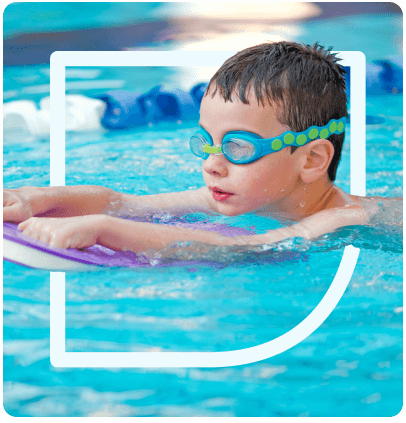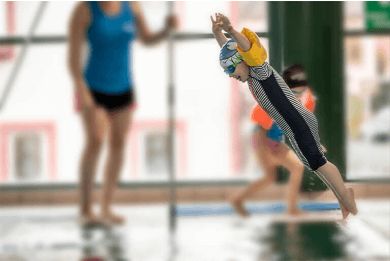
Children’s
Swimming Lessons
Welcome to our Aquatics Academy swimming lessons, in partnership with Swim Ireland. We cater to children of all ages and swimming abilities, starting from as young as 4 months old, right through to Senior 5. Our online booking system allows you to book for Pre-school levels 1, 2, and 3, as well as Junior 1. If your child is not a beginner swimmer, please follow the online booking system and book a free grading assessment with our swim team.
Associated with ![]()
3 Simple Steps to Enrol Online
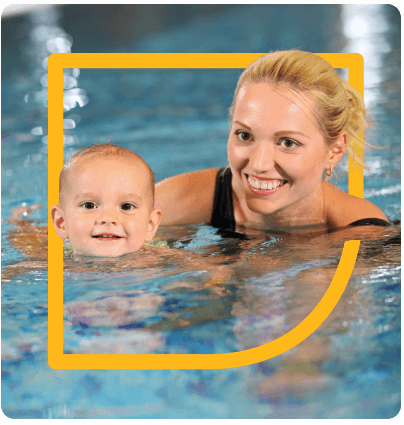
STEP 2
Child details
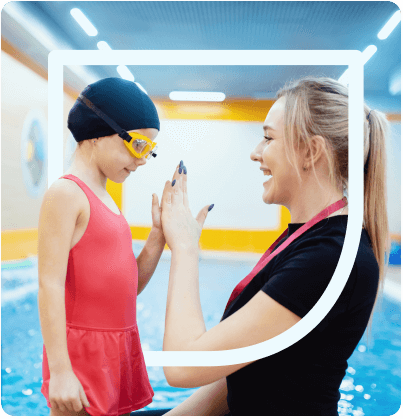
STEP 3
Book lessons
If there is no availability, keep checking back because new openings happen often. We don’t stick to a fixed-term schedule; kids progress to higher levels as they’re ready.
Swim Groups
Pre-School 1
By the end of Pre-School 1, babies aged 4-18 months (with full adult support based on baby’s needs) can enter and exit the water safely, be comfortable with water being poured over the body, bob up and down, float on the front and back, and move through the water on the front or back.
Pre-School 2
By the end of Pre-School 2, toddlers aged 18-36 months (with adult support based on toddler’s needs) can enter and exit the water safely, splash water over the body, blow bubbles, float on front and back, move through the water on front and back, and perform a log roll.
Pre-School 3
By the end of Pre-School 3, children aged 3-4 years (with minimal adult support based on child’s needs) can enter the water from a sitting position, demonstrate alphabet shapes while floating on front and back, paddle through the water, blow bubbles with mouth and nose underwater, push off on the front or back, perform a log roll, and list two pool safety rules.
Junior 1
By the end of Junior 1, swimmers aged 4+ can enter the water safely using two methods, push off the wall on front and back, rotate 360 degrees, perform alternating and simultaneous action of arms and legs, blow bubbles with face underwater, and identify who can keep them safe in the water.
Junior 2
By the end of Junior 2, swimmers can perform the in-water diving skills, are introduced to streamlining, will develop their floatation, body position, kick, arm action and breathing, can identify pool equipment and list safety rules.
Junior 3
By the end of Junior 3, swimmers can jump into the water safely, float on front and back, submerge fully under the water, push and glide, perform simultaneous and alternating kick and arm action, and demonstrate how to seek help in an emergency.
Junior 4
By the end of Junior 4, swimmers can perform a forward fall to enter the water safely, float in various positions, rotate 360 degrees, perform the four strokes with emphasis on kick and tread water for 15 seconds.
Senior 1
By the end of Senior 1, swimmers can push and glide into the four strokes with emphasis on kick and arm action, have developed breathing as part of rotation, and tread water for 30 seconds.
Senior 2
By the end of Senior 2, swimmers can perform the four strokes efficiently with emphasis on breathing and tread water wearing clothing.
Senior 3
By the end of Senior 3, swimmers can perform the four strokes efficiently at a controlled pace, have been introduced to turns and introduced to Rookie Lifeguard Bronze Stage 1.
Senior 4
By the end of Senior 4, swimmers can perform the four strokes efficiently at changing paces, have developed turns and introduced to Rookie Lifeguard Bronze Stage 2.
Senior 5
By the end of Senior 5, swimmers can perform the four strokes and turns efficiently and introduced to Rookie Lifeguard Bronze Stage 3.

Enquiry Form for Children’s Lessons Junior 2+
If you have any other query regarding children’s lessons, please contact us using the form below.
What Other Swimmers Think
Find out what other members have to say about Gym Plus Swimming Lessons!
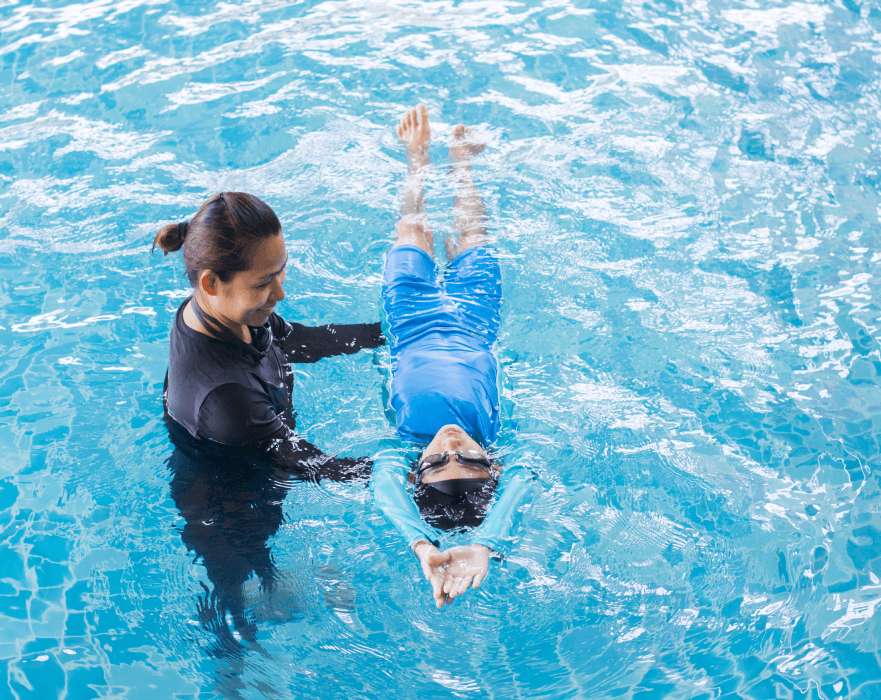
I’ve been swimming with Gym Plus for 8 years now and every week I enjoy my time there. Swimming helps with my recovery as a track runner and triathlon training. Jean has been teaching me since i was 5 years old and has built my confidence as a swimmer. I am now in the swim club and it has made me a stronger swimmer. Gym Plus is a friendly, helpful and great place to swim, I would highly recommend Gym Plus.
